Math
This week, Ms. Andrea’s math group looked at relationships between numbers within a number family. We played with the part/part/whole model and created several addition and subtraction number sentences. We also solved for missing addends and practiced finding differences using number lines. This week we worked a lot with story problems, aka word problems. The Beta’s are getting really good at finding known numbers, determining what they’re missing (whether it’s a part or the “big daddy”) and creating a number sentence to solve. At the end of the week we threw in some more practice using strategies to find sums with more than 2 addends. Next week we’ll finish this math unit and begin the next! Onwards!
 |
 |
 |
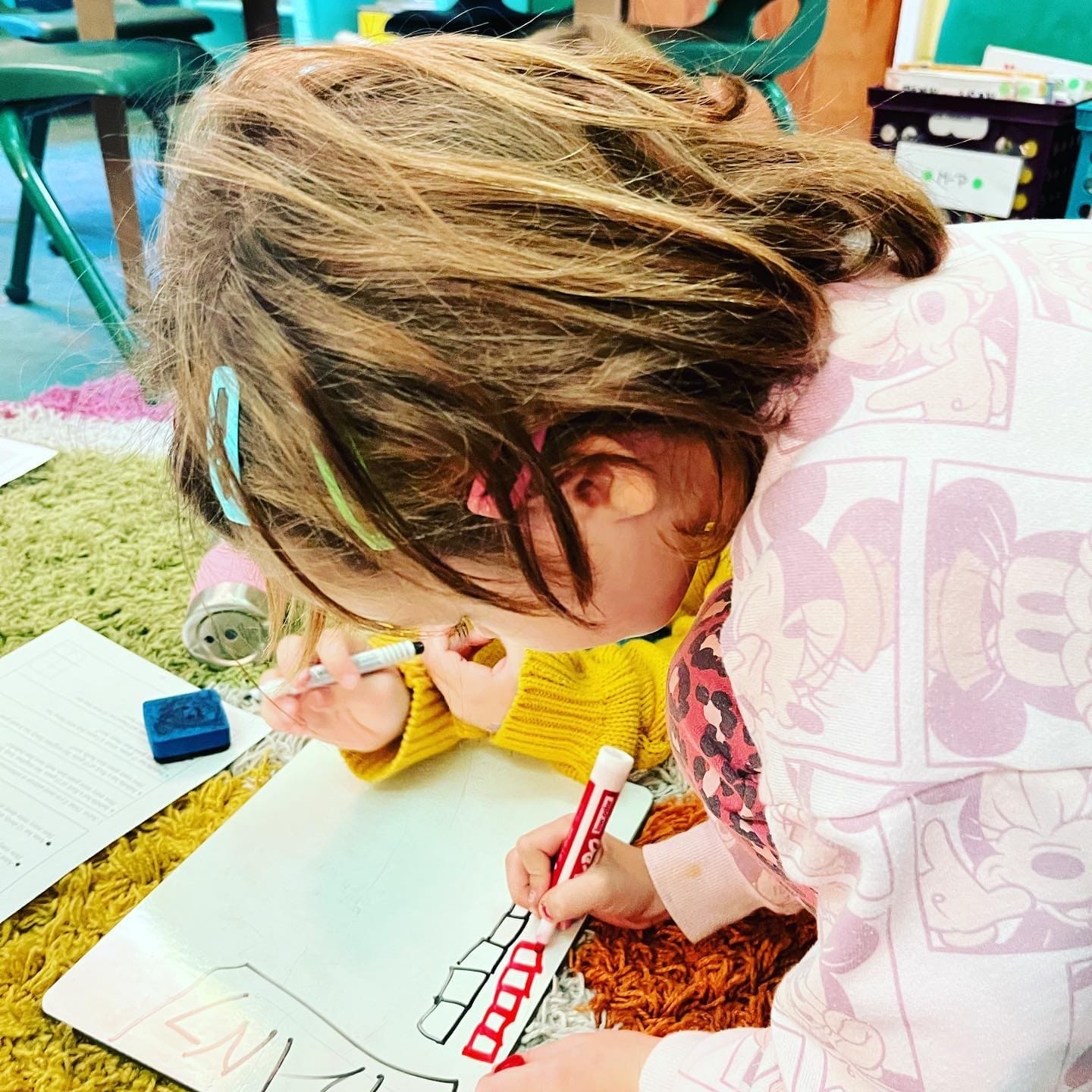 |
|---|
Ms. Kelly’s math group has been using two fantastic strategies for subtracting big numbers- number lines and building models with base ten before jumping into the standard algorithm. Base Ten Blocks or drawings provide students with a physical model of our place value system. By using Base Ten, the kids develop an understanding of the processes of addition and subtraction. Their understanding can then be connected to abstract symbolism- the standard algorithm. Boy was this a challenge for all! We are building those math muscles!
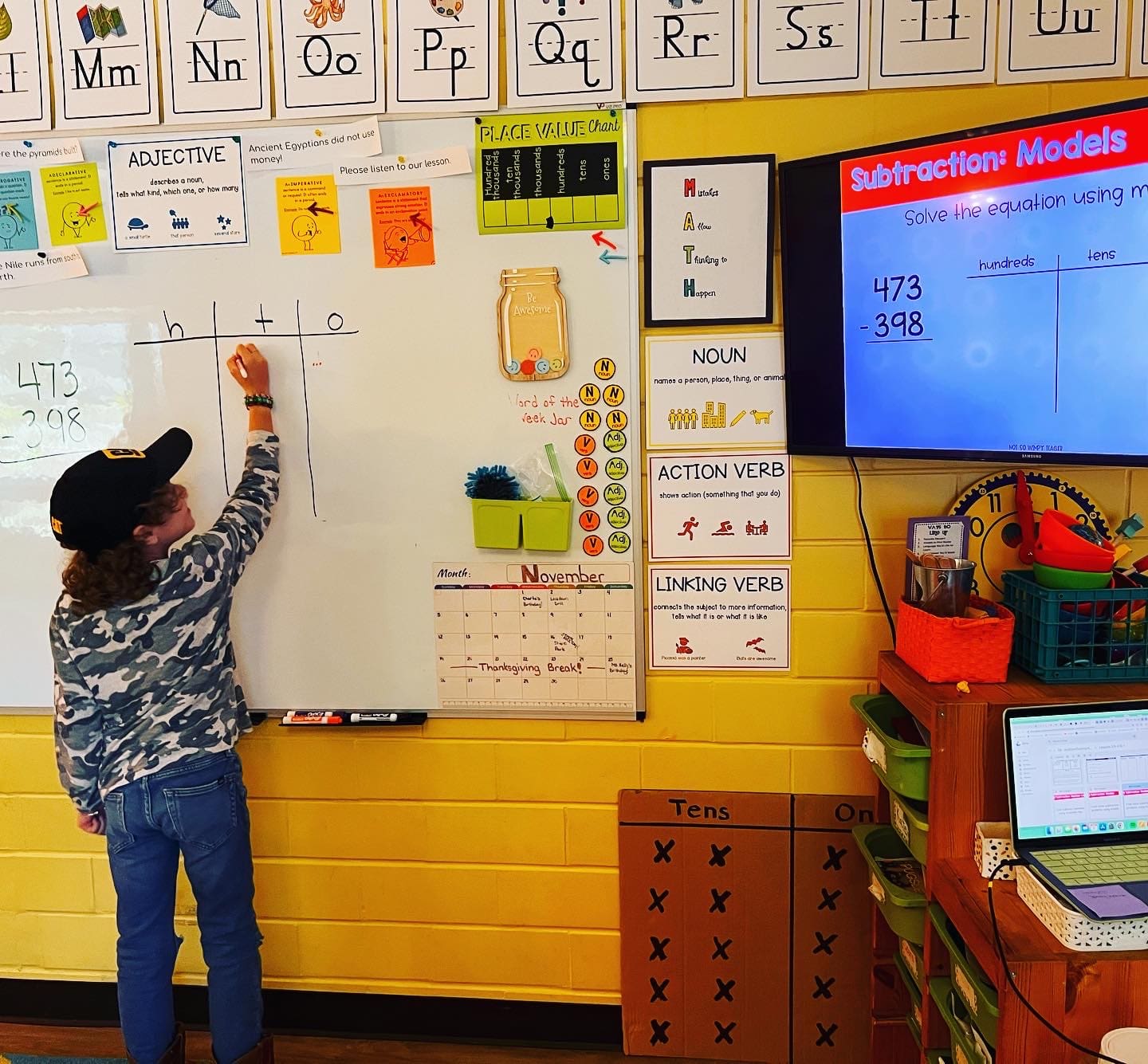 |
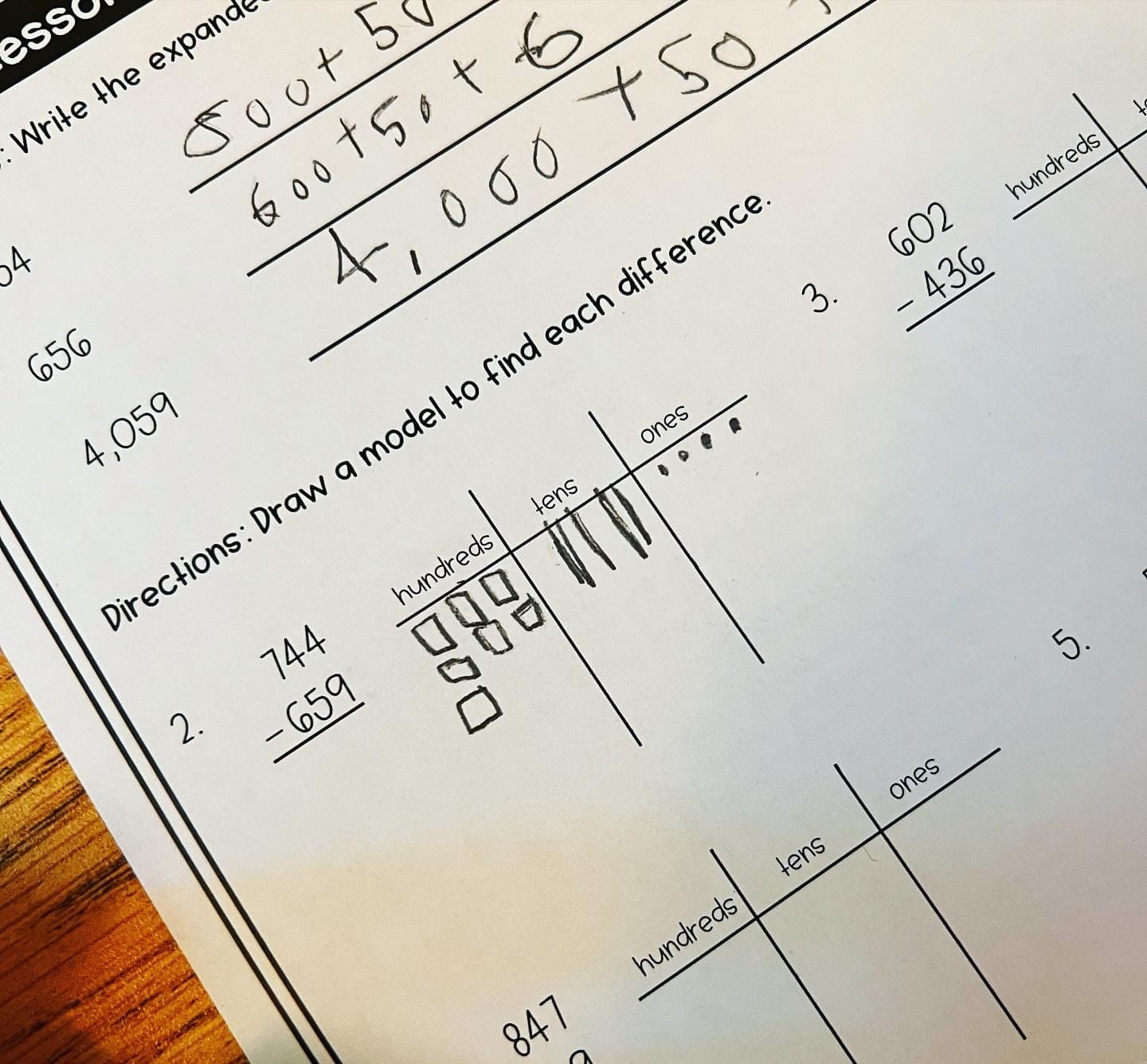 |
 |
|---|
Literacy
Book clubs with Ms. Andrea continue to run smoothly and so does word work with Ms. Kelly! A couple of the book clubs are focusing on vocabulary as they near the end of their books (!), while the other two are working on comprehension tasks such as determining cause and effect and honing their partner reading skills. One group tried their first reader’s theater this week to help with fluency – it was really fun! With Ms. Kelly, the Beta’s are doing lots of word sorting, prefix and suffix practice, syllabication of really big words, and reading texts using learned spelling patterns.
In writing, we talked a lot about word choice, especially when it comes to nouns and verbs. “I got up from the floor and went to my friend ” is just not as interesting or informative as “I leapt off the floor and sprinted to Mary.” The second sentence paints a clearer picture and is a little less vague. We partnered up and discussed sentences with simple/boring nouns and verbs and turned them into something much more interesting
We did a quick Egyptian themed didactic cinquain with partners at the end of the week as well. A didactic cinquain starts with a line that has one word, the subject of the poem. It will then feature a four-line poem that expands on it with 2 adjectives, three verbs that usually end in -ing, 4 words about a feeling or effect, and the last line- a synonym of the original noun. They are fun, easy and satisfying to write!
 |
 |
 |
 |
|---|---|---|---|
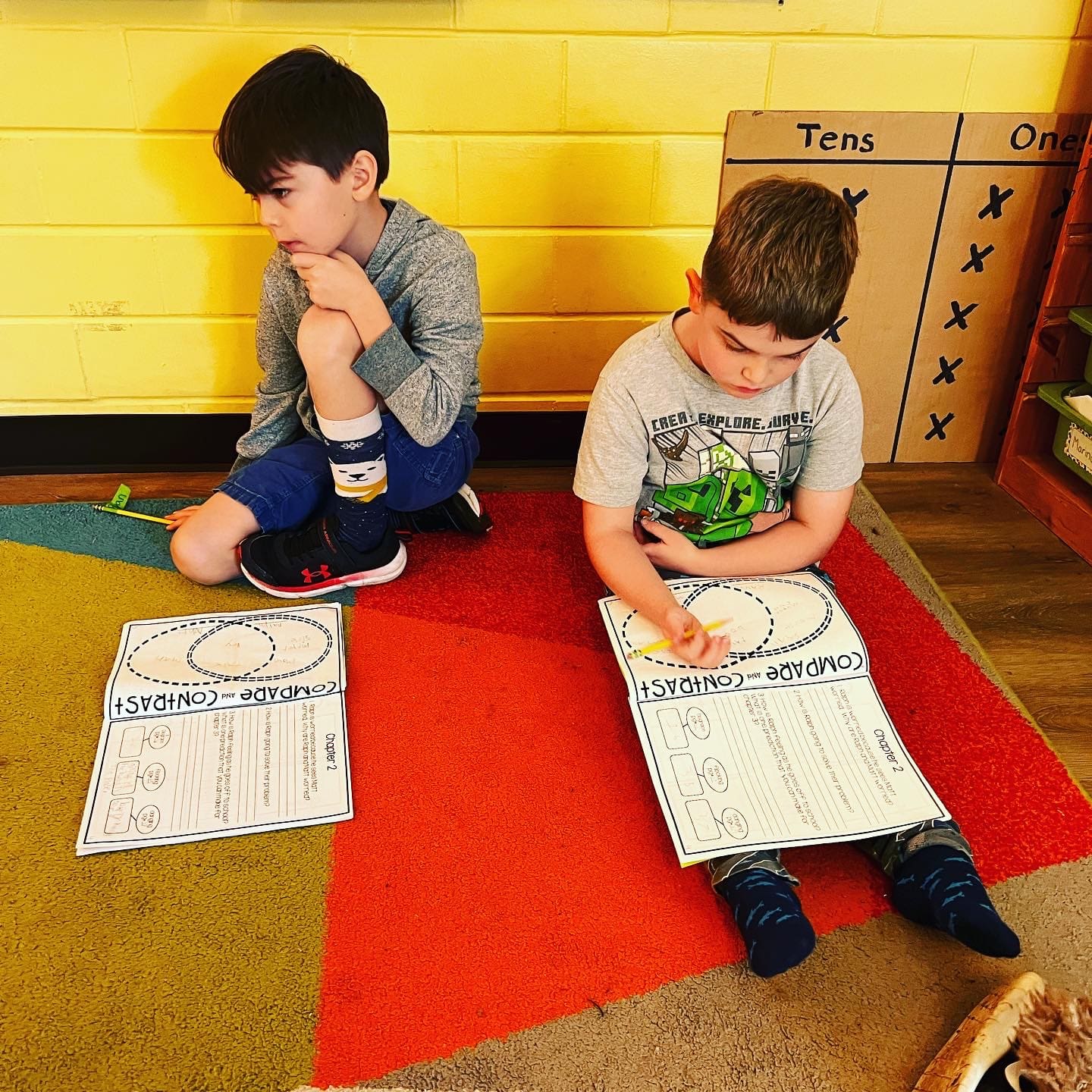 |
 |
 |
 |
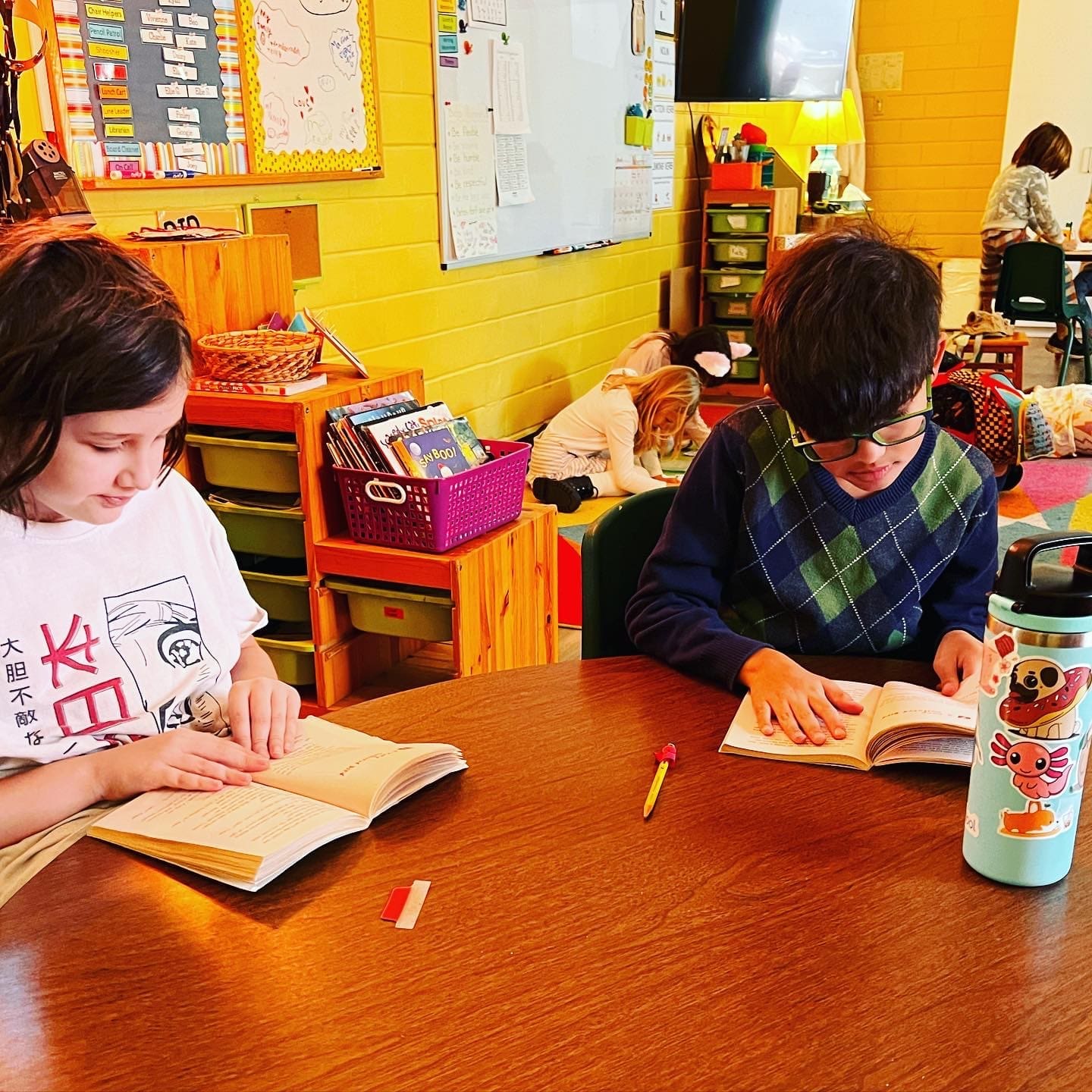 |
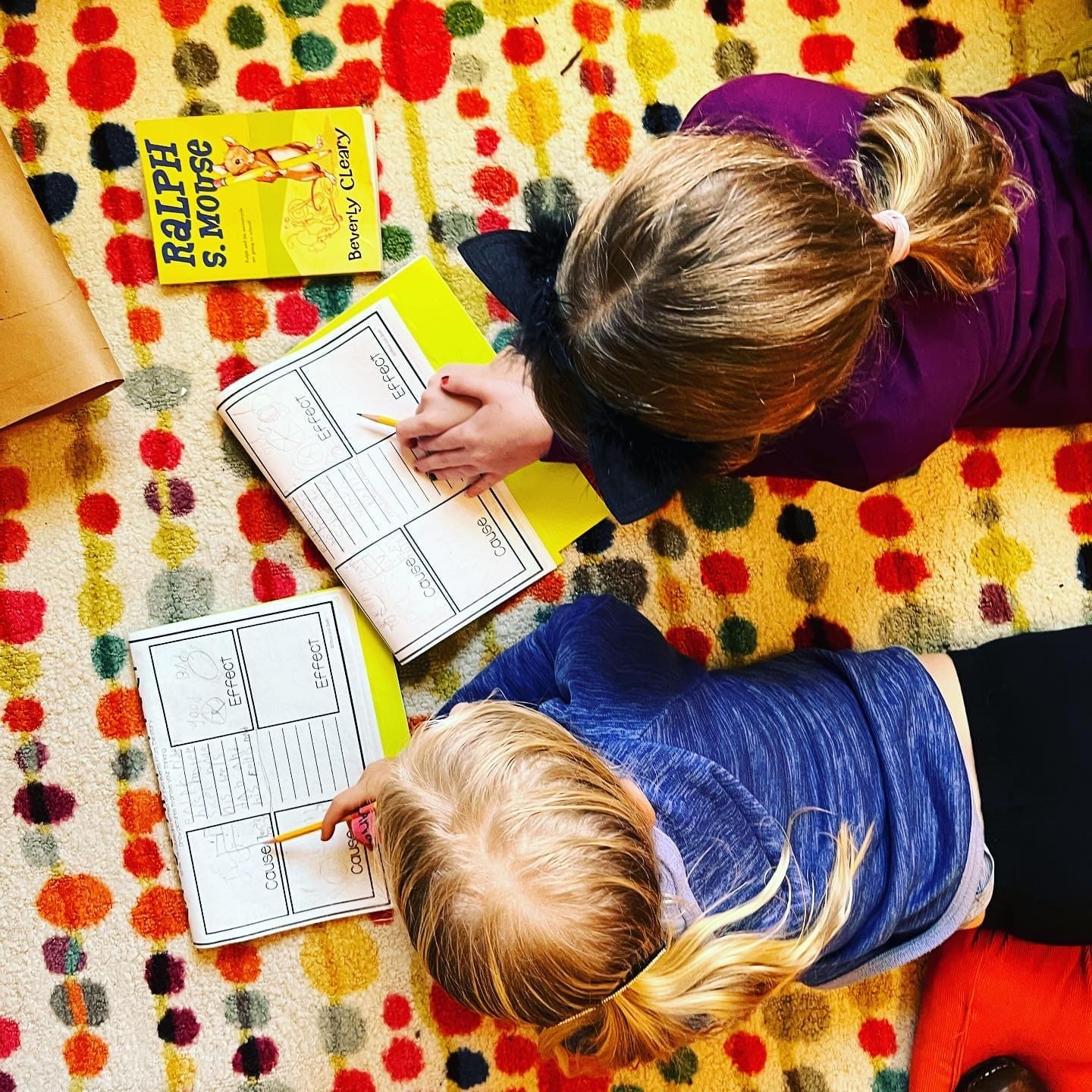 |
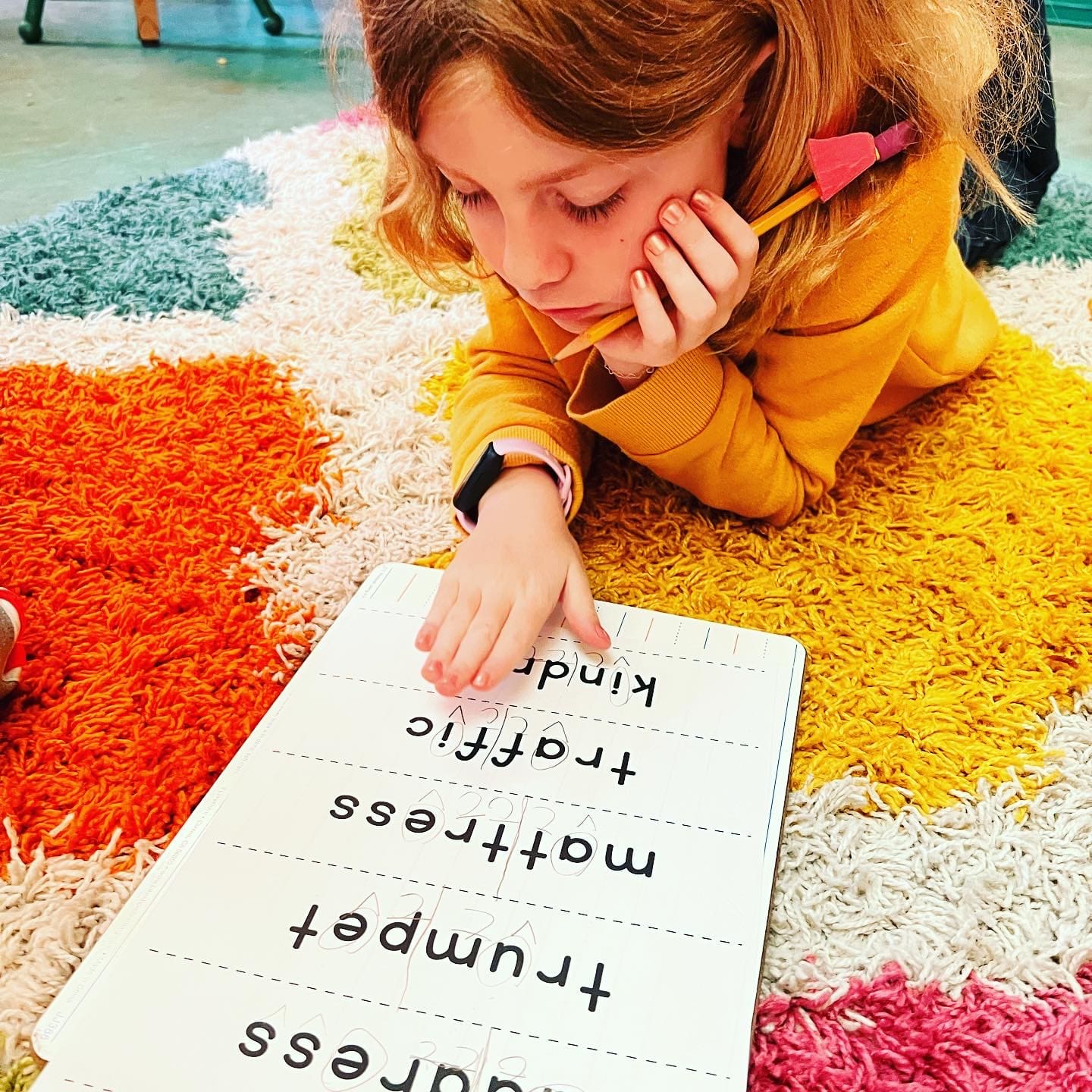 |
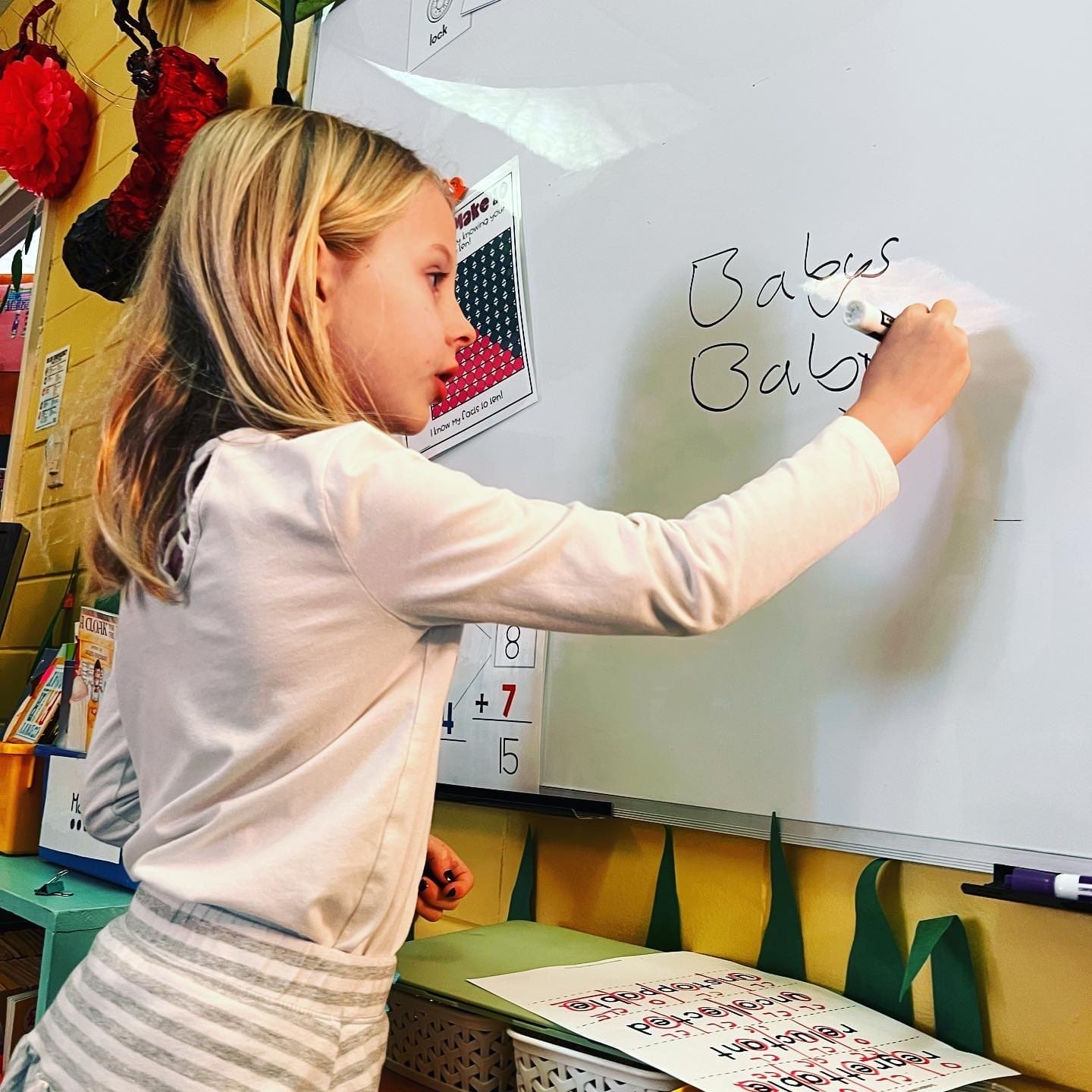 |
Theme
We explored hieroglyphics and the Rosetta Stone this week. Although hieroglyphics are Egyptian, the word hieroglyphics is Greek. “Hiero” means “holy” and “glyphics” means “marks” or “writings” – so the word means “holy writings“. The Egyptians believed there was great power in a name. If someone’s name was remembered then he or she would survive in the afterlife. That’s why pharaohs’ names were written in hieroglyphics in their tombs. The Rosetta Stone is a stone with writing carved into it. French soldiers found it in Egypt in 1799. It helped people get a better understanding of the Ancient Egyptian writing system. Its discovery led to the translation of Ancient Egyptian writing. The stone is named after the city where it was found, Rosetta. Today, that city is called “Rashid”. The stone is now in the British Museum in London. It had three pieces of writing on it that said the same thing in three different languages. One was in an Ancient Egyptian script called demotic, the local language of the people in Egypt at that time. The other two languages were hieroglyphics and Ancient Greek.The historians could already read the Greek. Using this knowledge, they were able to work out how to read the Egyptian scripts.
The Betas paired up to work on a hieroglyphic masterpiece so we can turn our room into a little more ancient Egypt! We began with practicing on a small sample piece of paper and then proceeded to scribe onto larger pieces once we practiced our creations. We hope to “build” our hieroglyph walls next week!
We also created a cartouche! A cartouche is a hieroglyphic symbol that was given to the pharaohs of Ancient Egypt. This symbol was important so people would know who they were serving. The cartouche was basically like a nameplate that was shaped like an oval and it would have the name written in the middle of it. The important thing about the cartouche is that when a person died, it would be connected to the coffin. Our cartouche has our name In hieroglyphs!
We ended the week learning a bit about the ancient Egyptian class structure and explored some of the very interesting jobs they were born into. Many you would expect- like scribes, stonemasons and merchants. But we were fascinated by the fact that people were paid to be a sandal bearer (to hold the pharaoh’s sandals!) or a professional mourner- hired to cry at random people’s deaths!
 |
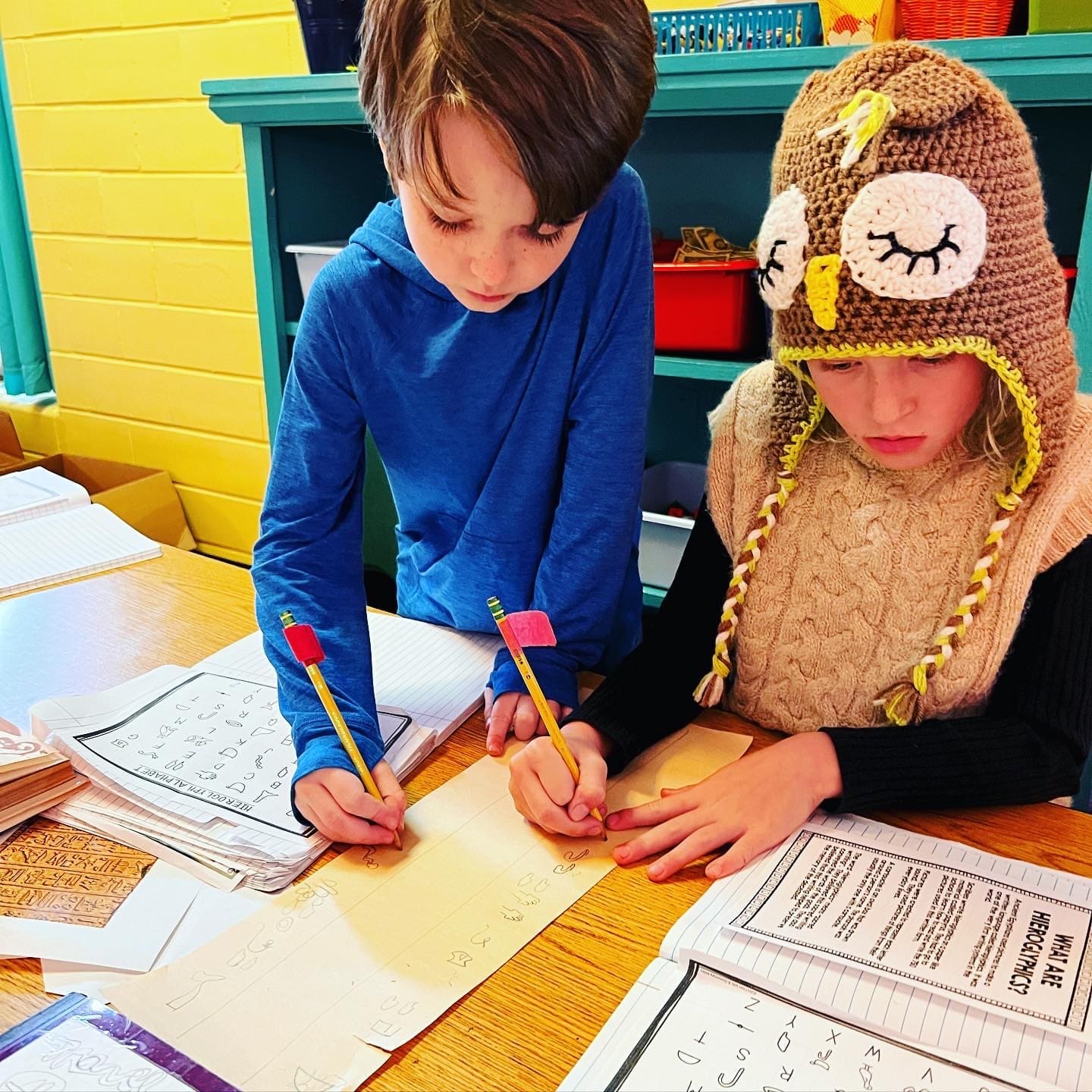 |
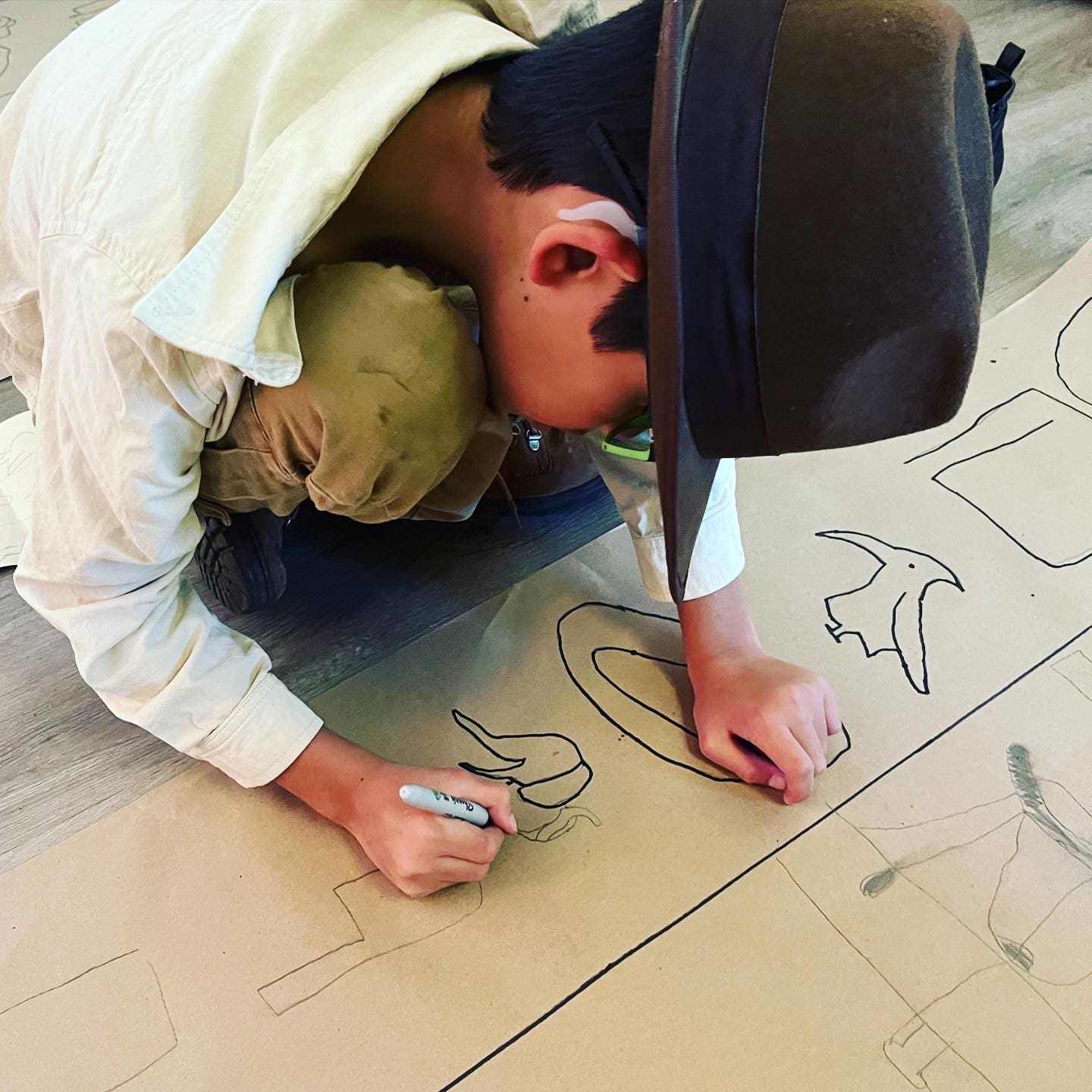 |
 |
|---|---|---|---|
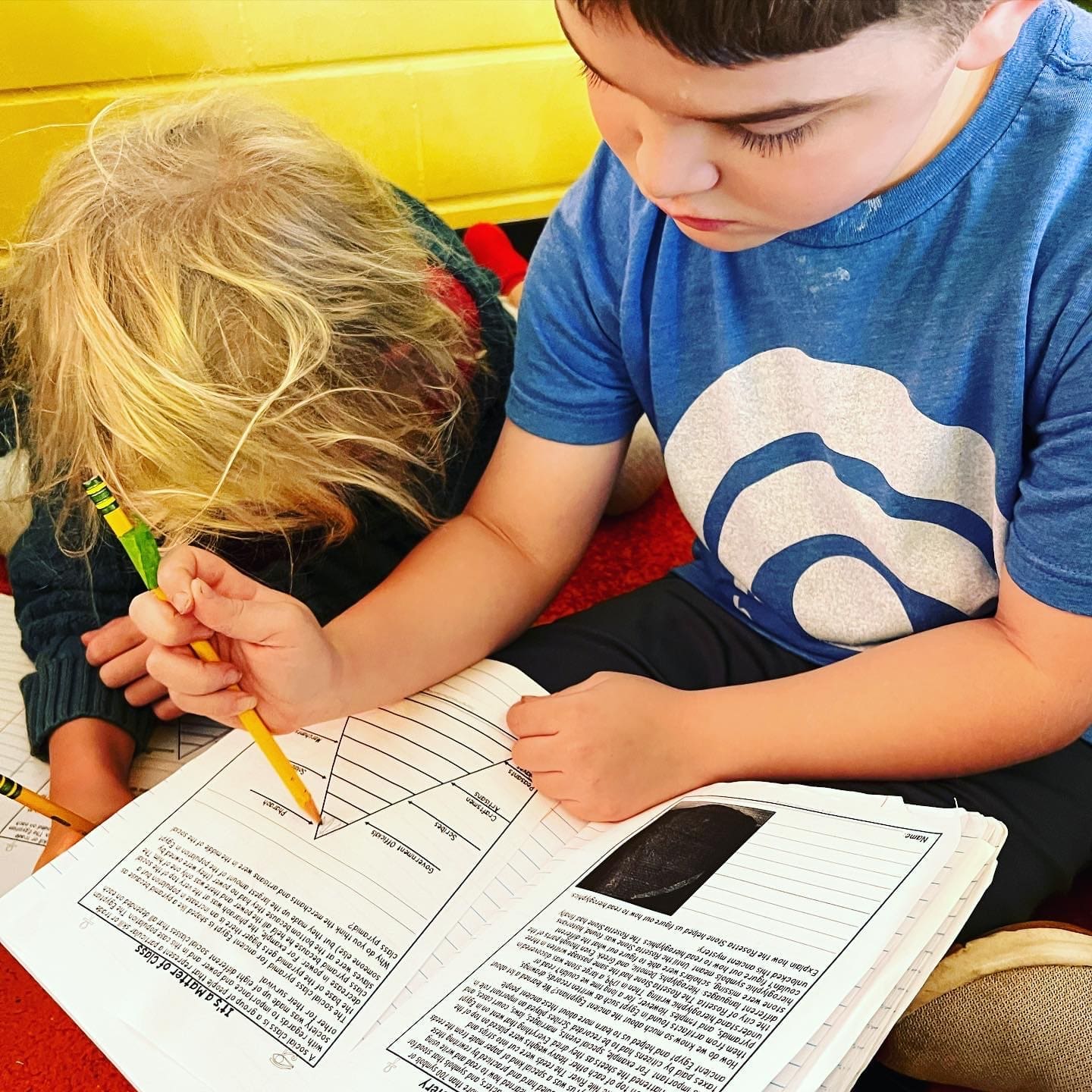 |
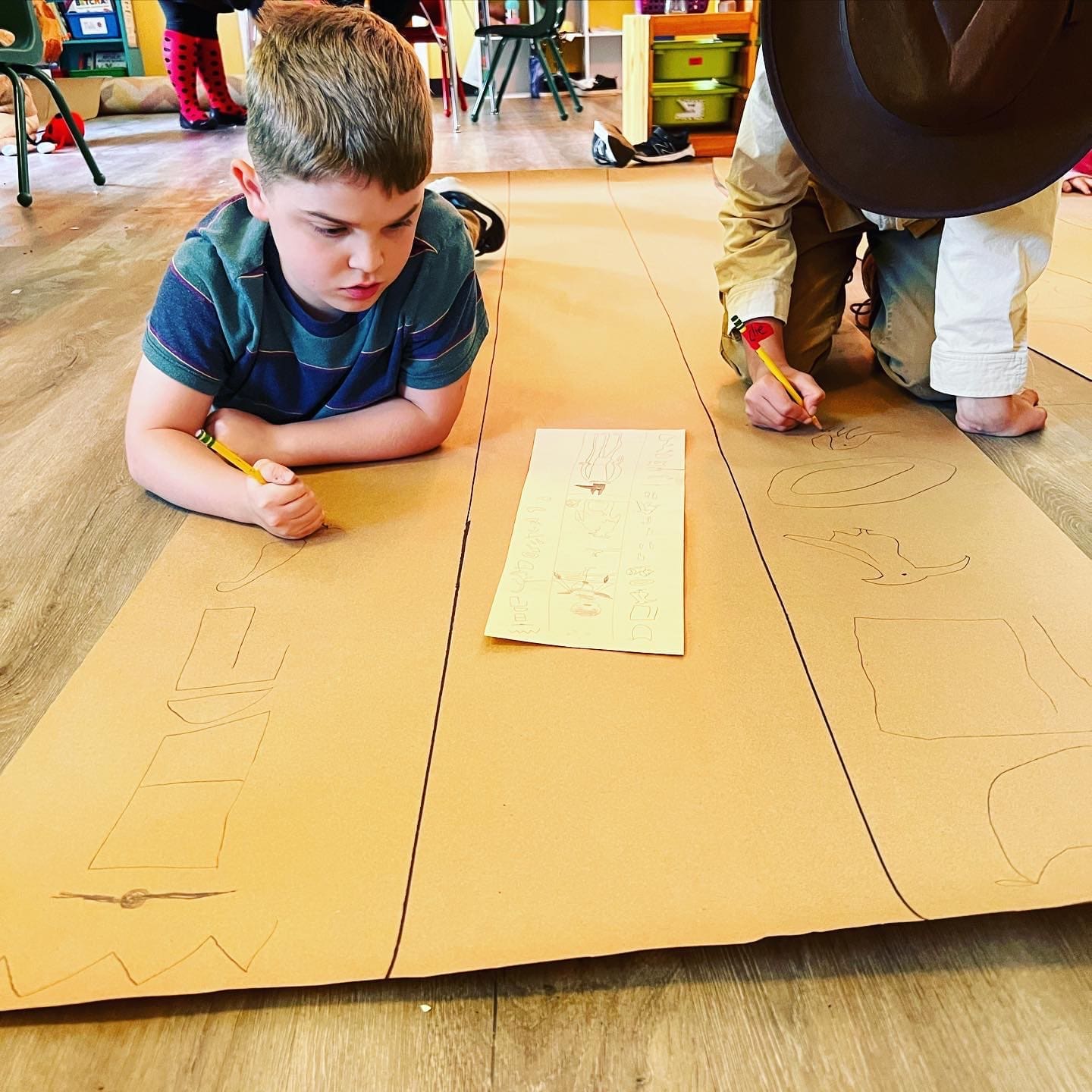 |
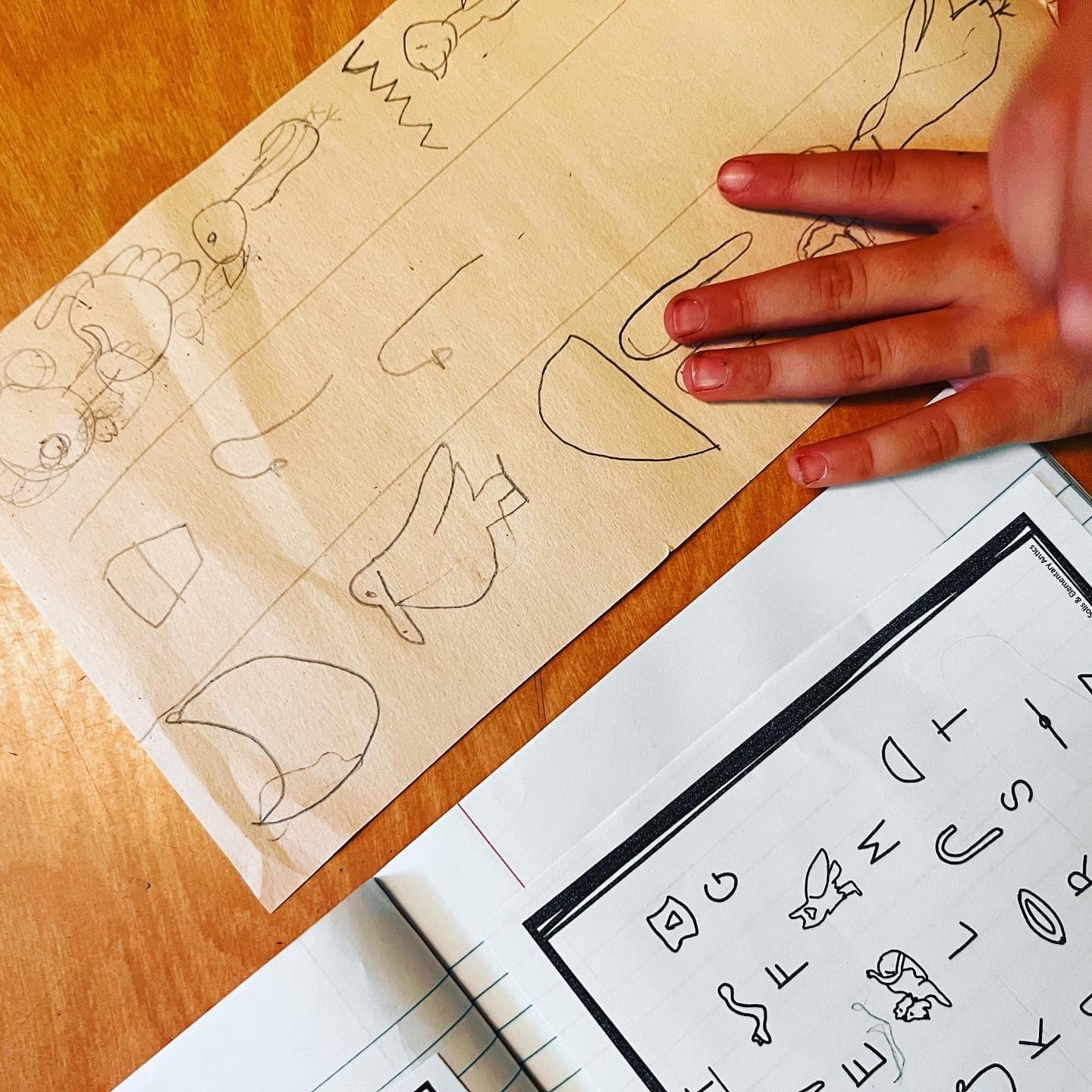 |
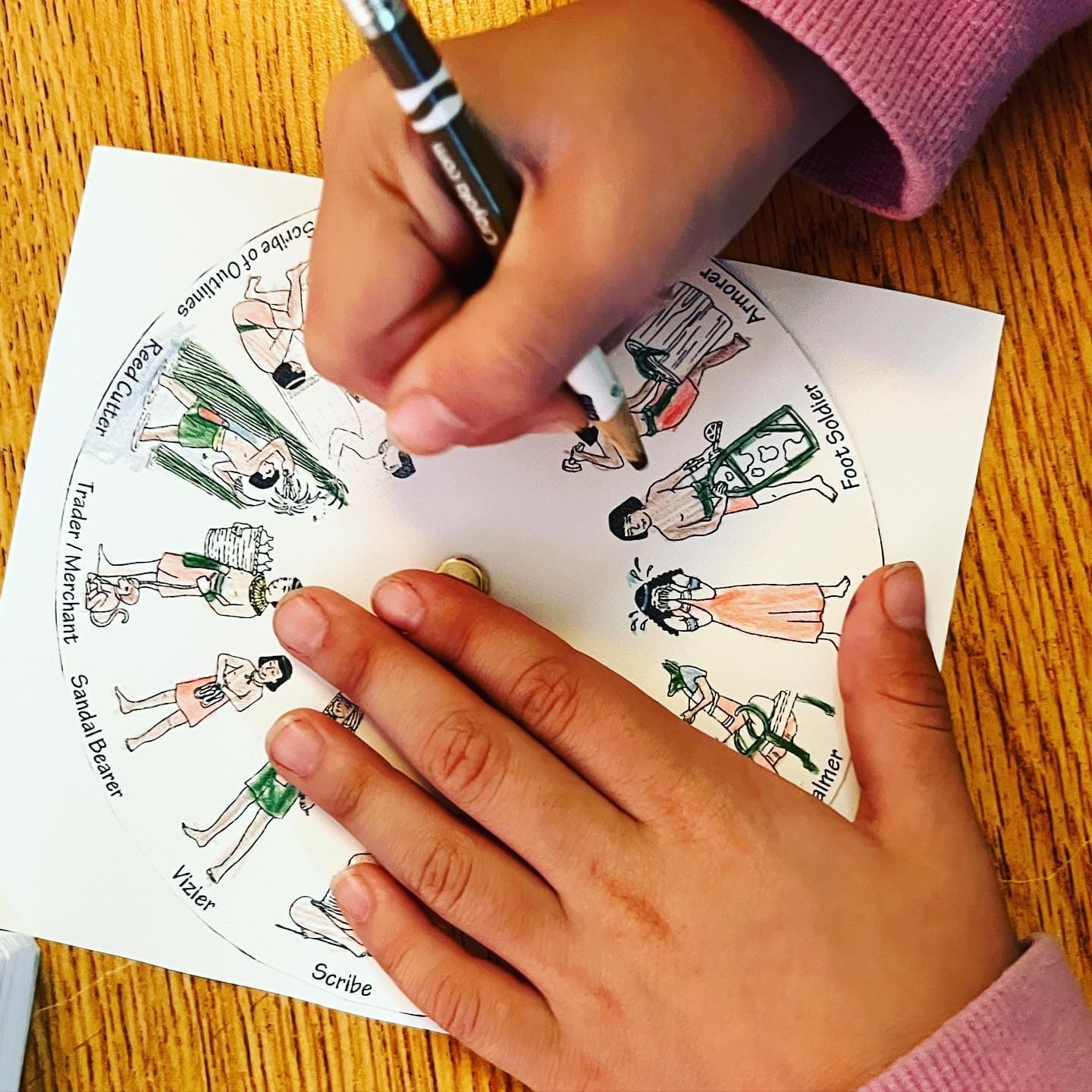 |
 |
 |
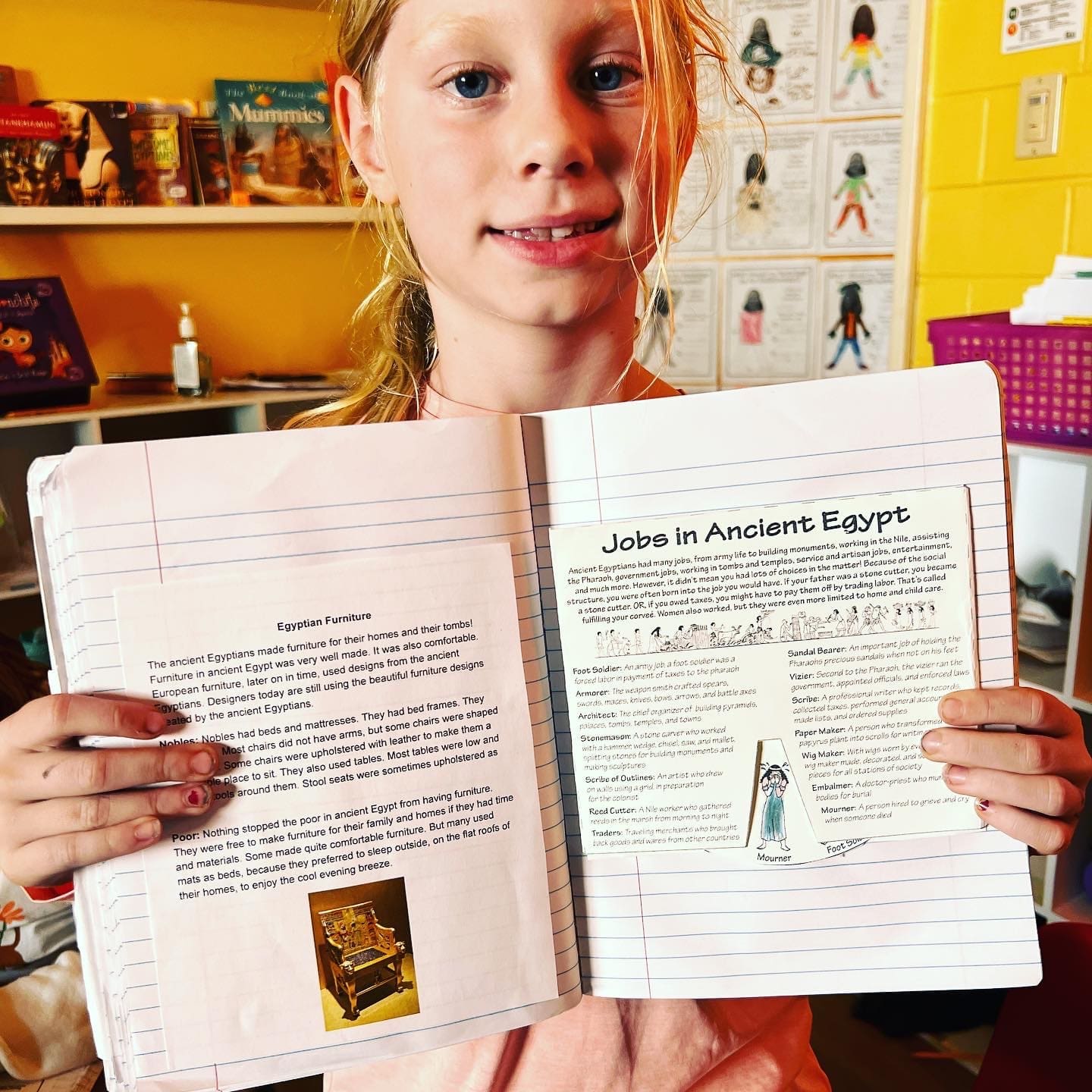 |
 |
We know you have been on pins and needles, waiting to hear about our snail eggs! Well… they hatched!! We have about one million baby snails! And each and every one is absolutely precious! 😜




